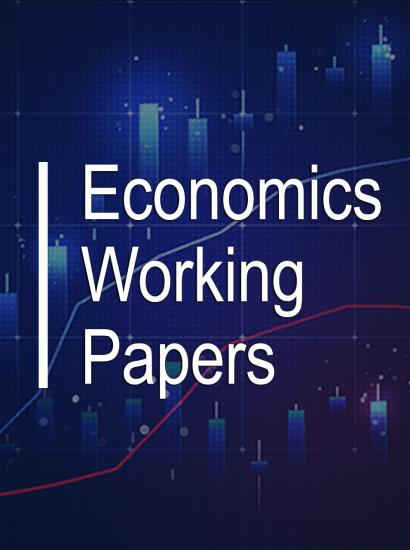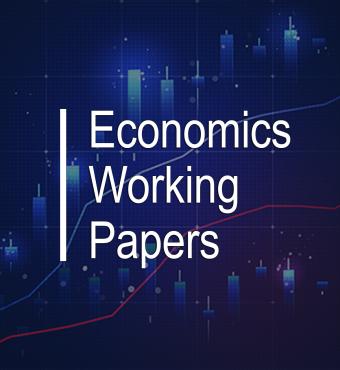Abstract: We conduct a systematic analysis of the costs and benefits of large-scale securities purchases, using the Federal Reserve’s QE4 program as a concrete example. This program was initiated at the onset of the pandemic in March 2020 and continued for two years, leading to a doubling of the Fed’s securities holdings to about $8.5 trillion as of March 2022. QE4 was initially aimed at mitigating strains in markets for Treasuries and agency mortgage-backed securities but subsequently magnified the Fed’s footprint in those markets, with potentially adverse consequences for market functioning. Since those purchases were financed by expanding the Fed’s short-term liabilities, QE4 amplified the interest rate risk associated with the publicly-held debt of the consolidated federal government. Our simulation analysis indicates that QE4 is likely to reduce the Federal Reserve’s remittances to the U.S. Treasury by about $760 billion over the next ten years. Moreover, QE4 did not have any notable benefit in reducing term premiums, raising concerns about the efficacy of QE as a tool for providing monetary stimulus.
Read the paper: Quantifying the Costs and Benefits of Quantitative Easing

















